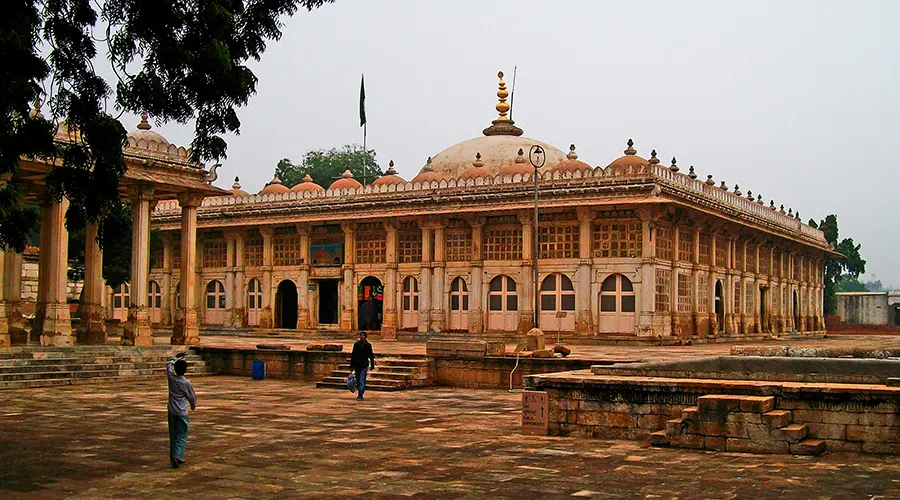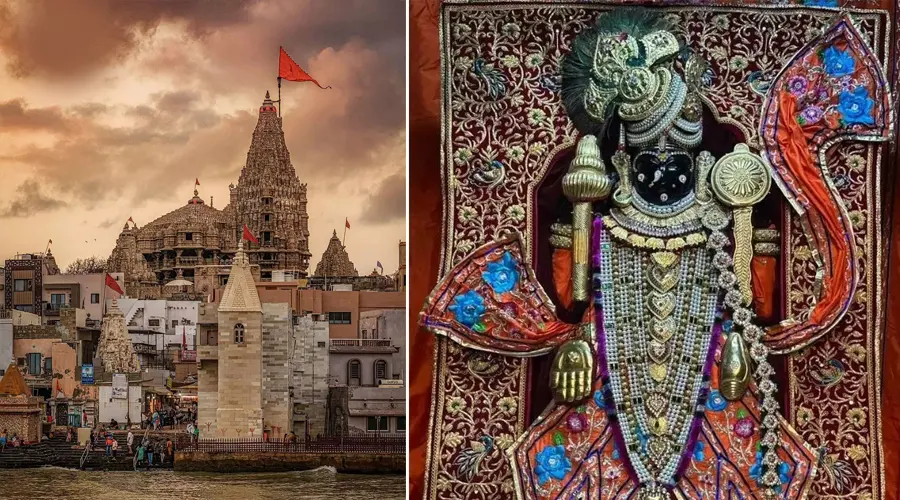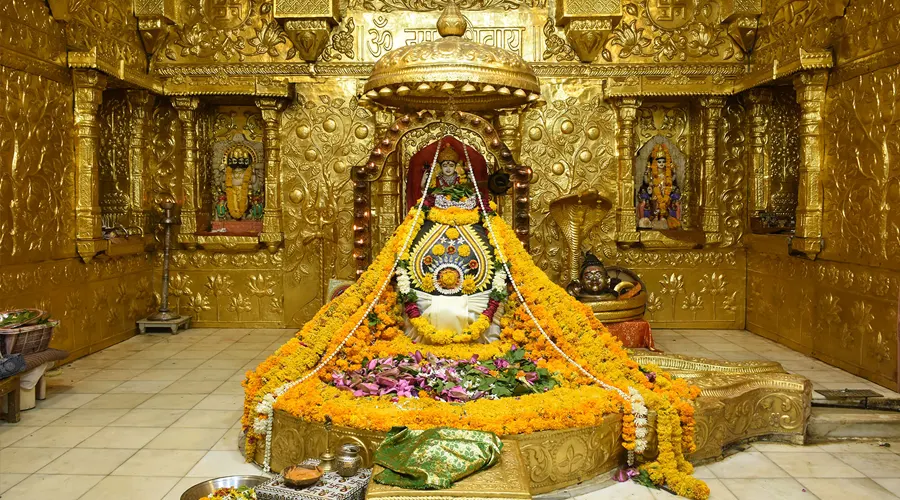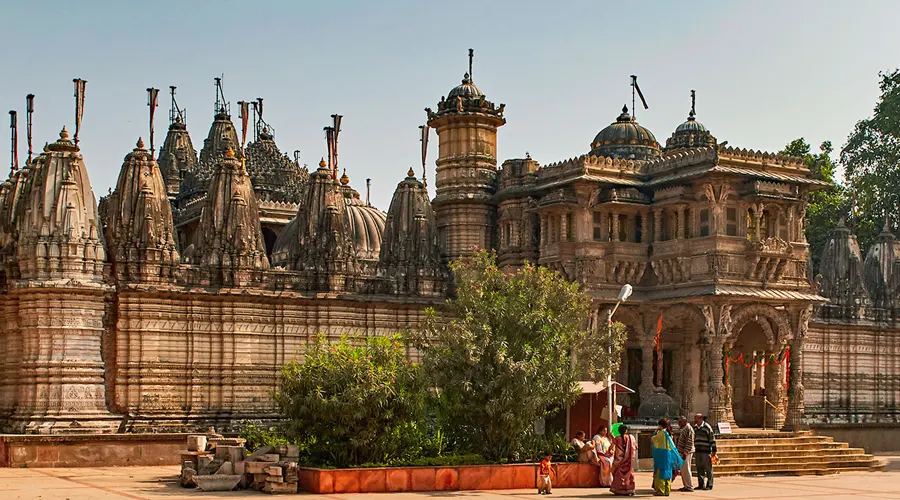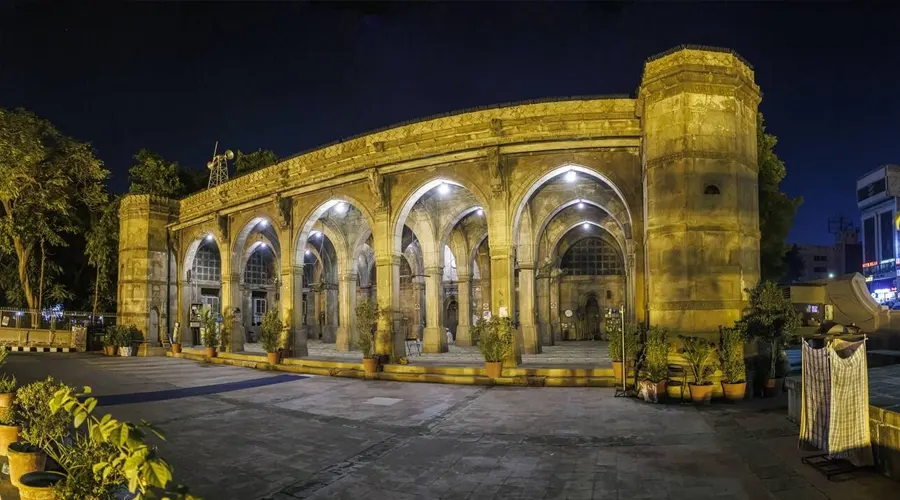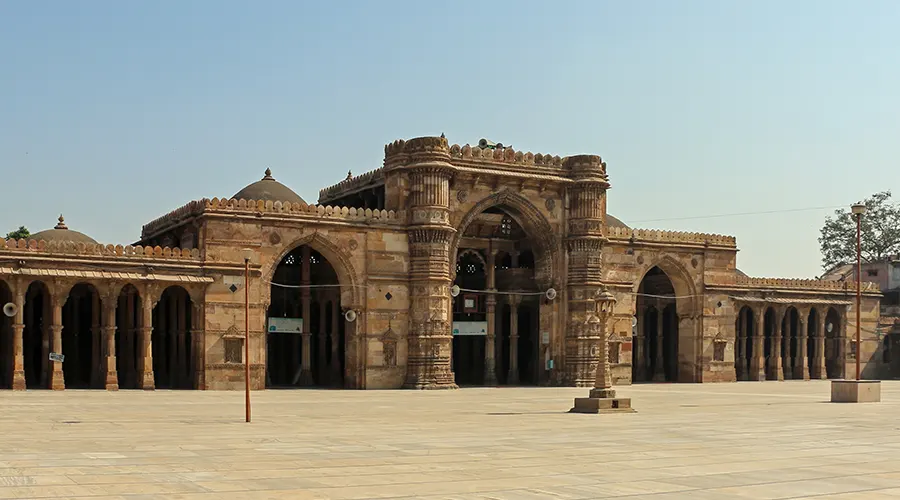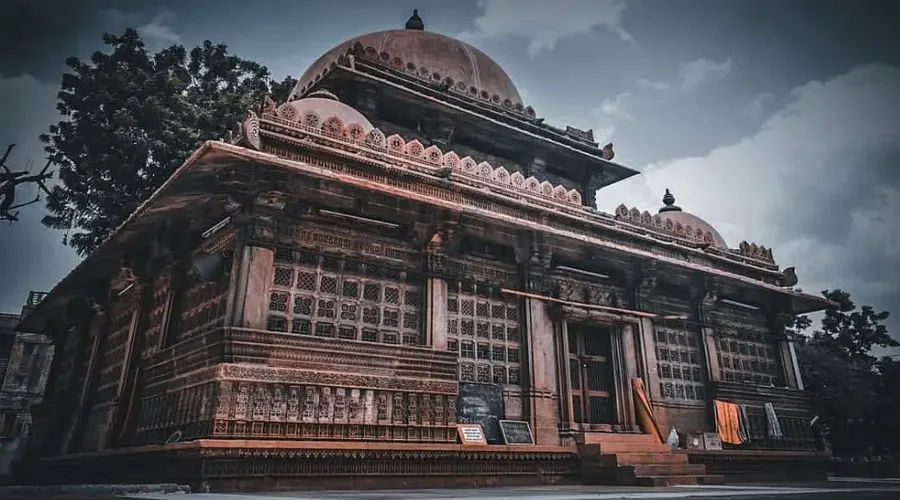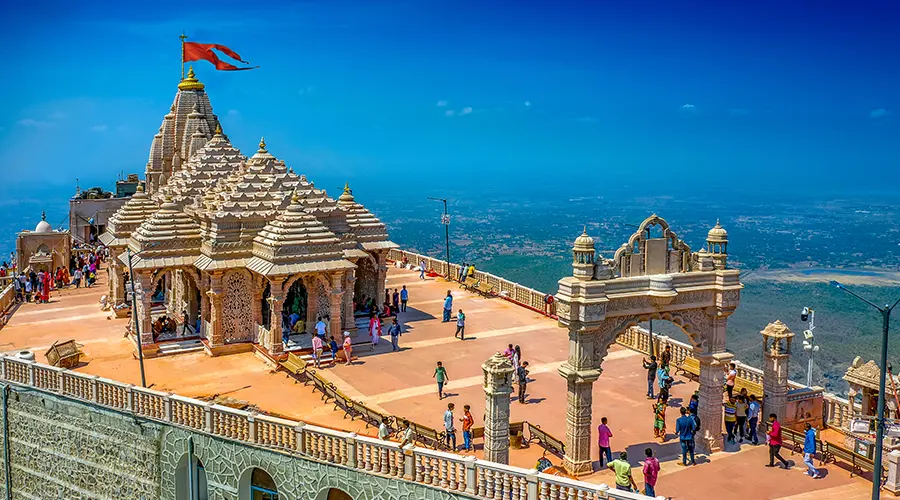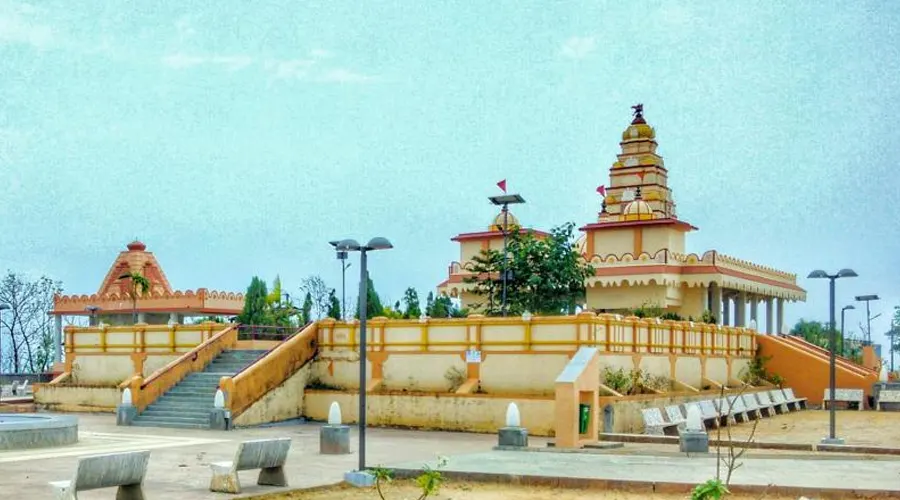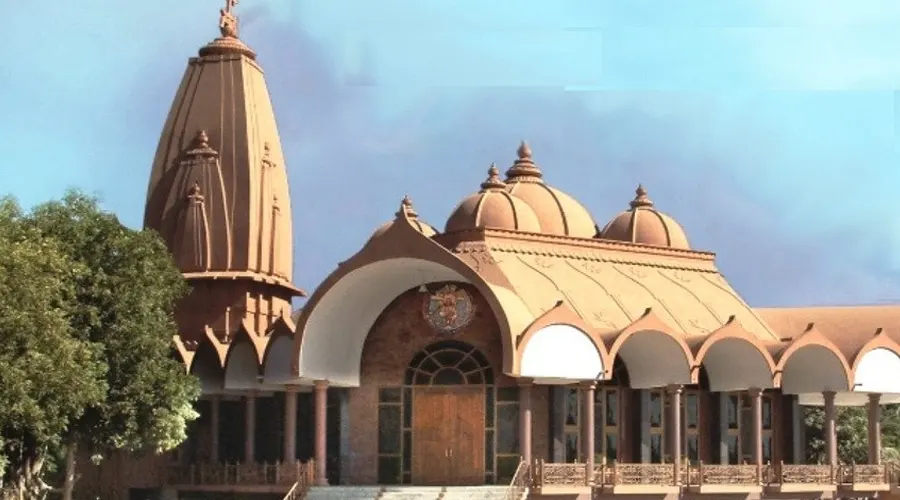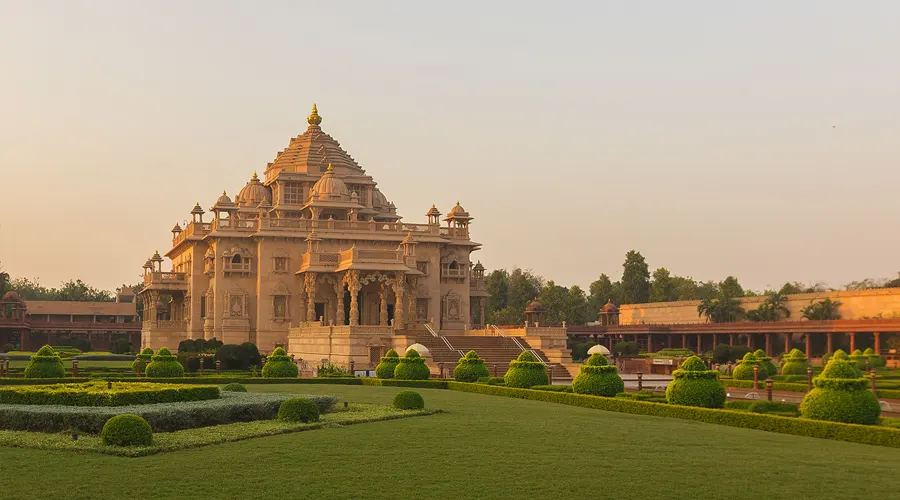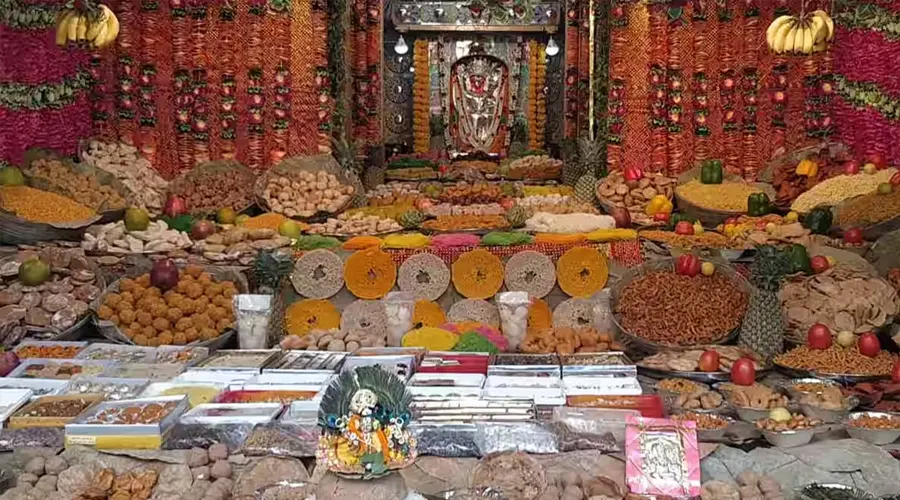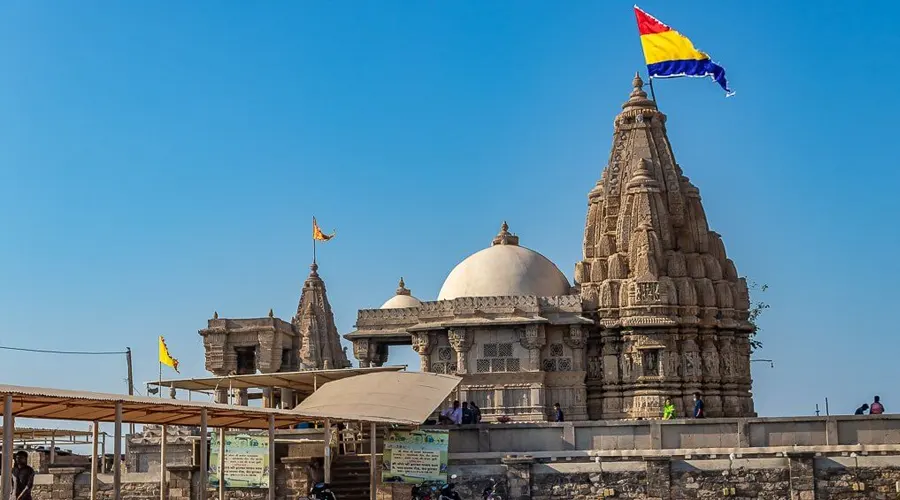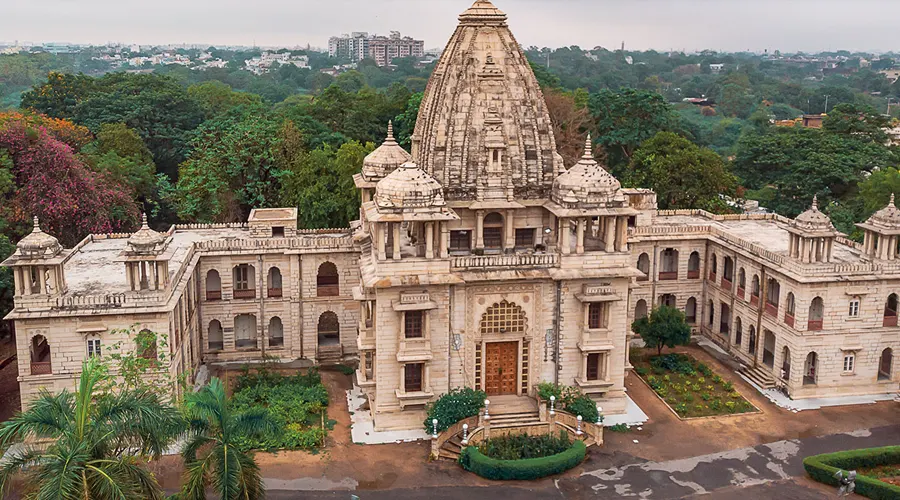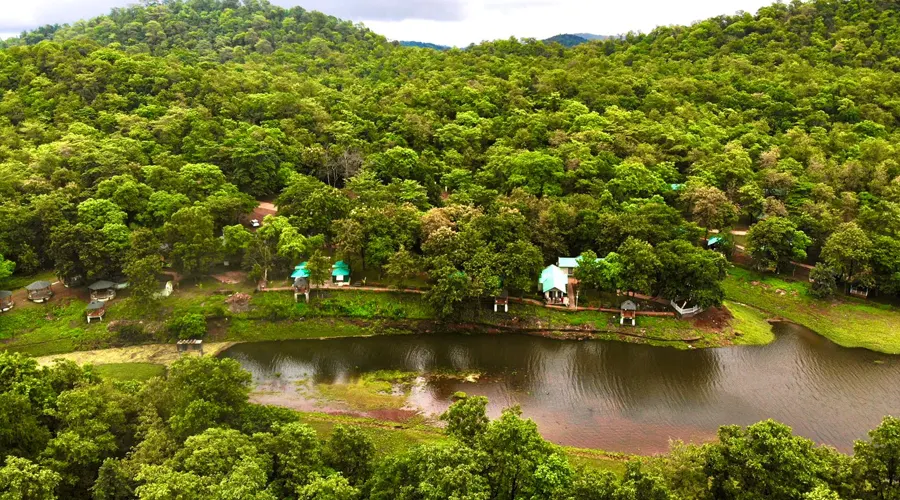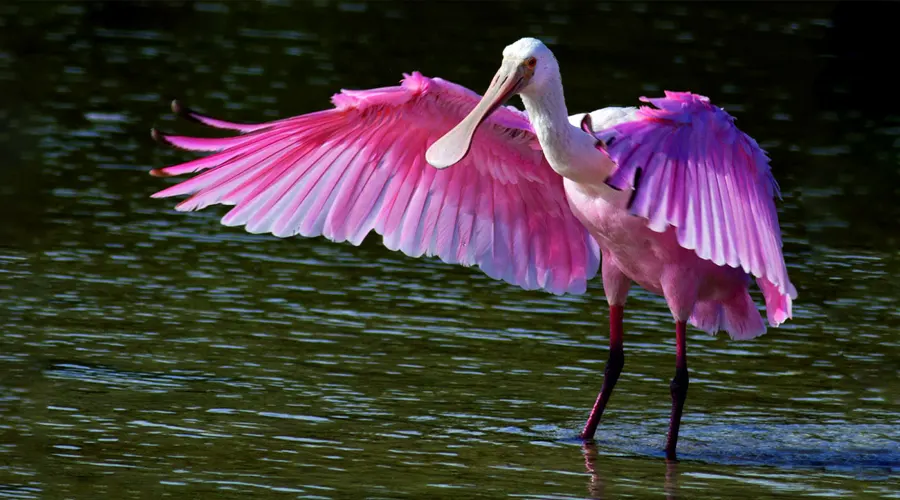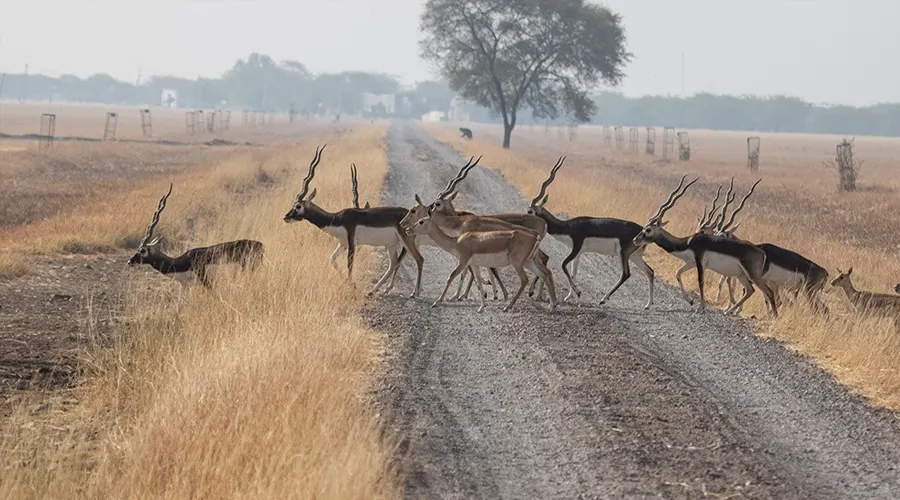Sarkhej Roza
Ahmedabad, the former capital city of Gujarat plays host to a different community of people from varied parts of the country. The wondrous architecture and rich culture of the city attract several travelers.
Ahmedabad’s incredible historic monuments offer a unique experience to its visitors who throng into the city to explore its streets and heritage. Expansive derasars, impressive temples, and imposing mosques reflect the heritage and history of the 600 years old city.
One of the prominent landmarks of the city, the Sarkhej Roza is known for its rich history and reverence. Though there are several rozas in the state this is the biggest of all Rozas. A must-see hotspot of Ahmedabad represents the spirituality and serenity featured by most Islamic sacred places of worship.
History of Sarkhej Roza
One of the most beautiful places of worship, Sarkhej Roza draws several visitors seeking to explore its distinct architecture. An important landmark for the Muslims situated in Makarba provides a sense of serenity to every visitor.
Hindus dominated the Sarkhej village for a long time and were majorly involved in weaving and dying. Advisor and close friend of Sultan Ahmed Shah, Ahmed Khattu Ganj Baksh was a great Sufi saint who stayed here for a long time during the last stage of his life.
He is said to have lived till his 111 years of life and died in 1445. A tomb and mosque were built by Sultan Muhammad Shah II in honour of the Saint at this place which was completed by his son Qutbuddin Ahmed Shah II in 1451 AD.
Behind the mausoleum lies the grave of a noble and general of the Akbar court, named Khwaja Ghiasuddin Ali Asaf Khan Qazwini.
During the 15th century, the historic mosque underwent expansion with the establishment of a palace and the development of the Sarkhej Lake by Sultan Mahmud Begada. Other additions included pavilions and a small private mosque. Mehmud Begada named the lake after his father Sultan Ahmed Shah Ahmed Sar and had the palaces built on its southern and western banks.
The Royal family often visited the small mosque and the holy site. Sultan Mahmud Begada also built a mausoleum for himself and his family opposite the resting place of the saint. Adding to the charm of the place a garden was also developed.
A photographer’s delight, the revered complex has been built with the strenuous efforts of Persian brothers Azzam and Muazzam Khan. The complex also houses the mausoleums of these architects.
Architecture and the complex of Sarkhej Roza
Entering from the main gate visitors can find the Bardari that lies in the centre of the open courtyard. The elegant structure has nine domes standing with the support of sixteen pillars. It was damaged during the earthquake in 2001 and was restored by the Archaeological Survey of India.
An impressive landmark, the Sarkhej Roza is one of the finest examples of the Indo-Saracenic style of architecture. More popular as the Acropolis of Ahmedabad, it houses the tombs of Saint Ahmed Khattu Ganj Baksh, King Mohammad Shah Begada, and his queen.

